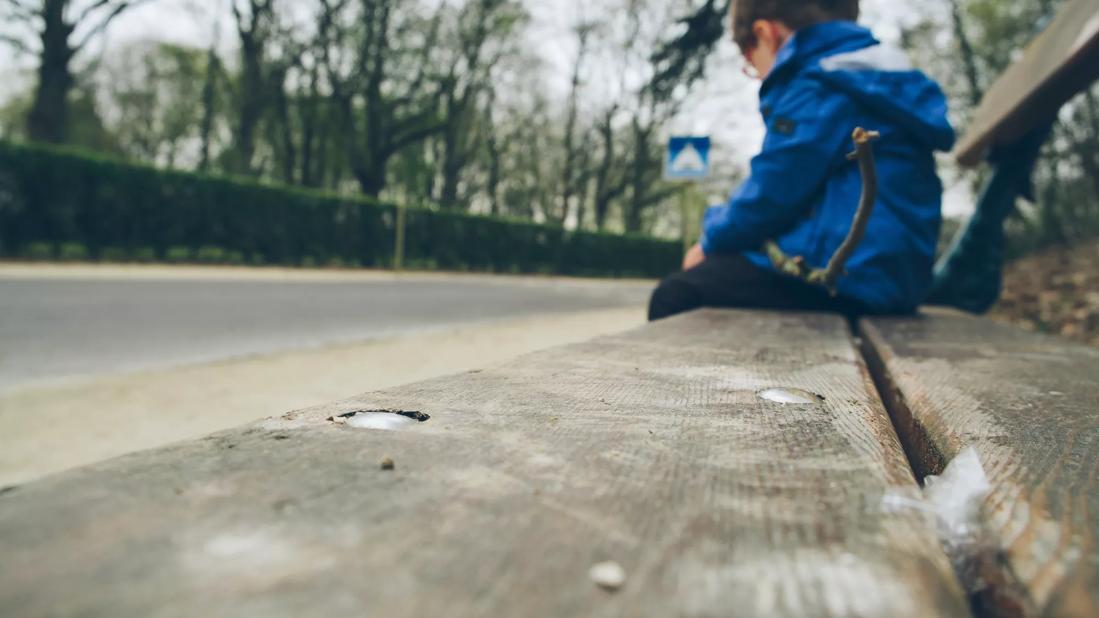Virtual visits provide a unique glimpse into home life

Although sheltering-in-place may help to flatten the curve when it comes to COVID-19, home isn’t always a safe place for everyone. During this time of uncertainty, healthcare providers should remember that increased stress in homes may lead to rising numbers of child abuse cases.
Advertisement
Cleveland Clinic is a non-profit academic medical center. Advertising on our site helps support our mission. We do not endorse non-Cleveland Clinic products or services. Policy
“Parenting in the time of COVID-19 adds a layer of stress,” states Ellen Rome, MD, MPH, Head of the Center for Adolescent Medicine at Cleveland Clinic Children’s. “If there are already dysfunctional relationships and parents do not have particularly useful or positive coping strategies, adding the extra stress of social isolation might be akin to adding gasoline to a fire.”
Unfortunately, with schools and daycares closed and many routine outpatient visits postponed or transitioned to virtual visits to prevent the spread of COVID-19, adults may not recognize that a child may be in an unsafe situation.
“Emergency rooms and other sites of primary care can easily miss the signs of child abuse, domestic violence, sex trafficking and other dangerous events for children and adults. Maintaining that high level of vigilance — even in a time of utmost concern for life and death with COVID-19 — warrants our attention,” Dr. Rome says.
The literature indicates that economic uncertainty is associated with increases in harsh parenting, which may be a risk for child abuse. The added pressure and isolation of home-schooling and social distancing may add to this risk. In industries where parents are still required to work, unanticipated child-minding needs may mean that babysitters aren’t vetted as they’d normally be.
“We know that 1 in 4 girls and 1 in 6 boys are sexually abused by age 20. In times of stress, it’s a good idea to avoid hiring unknown male babysitters, as boys are more likely to “act out” and repeat a cycle, while girls (and girl babysitters) are more likely to take it out on themselves. And for sure, help keep kids away from known abusers,” notes Dr. Rome.
Advertisement
One benefit of the move to digital health visits for nonurgent outpatient appointments, according to Dr. Rome, is that they provide a window into people’s homes.
“If you see or hear something that looks or sounds dangerous – that’s a rare and fortuitous glimpse, kind of like the old days of doing house calls. As healthcare providers, we can use the opportunity to respond to what we see with real-time feedback. We might acknowledge the danger and ask, ‘what are you doing to keep yourself safe?’”
“Difficult times can also bring out great strength and resiliency. As providers, we might ask our patients — and ourselves — what can be done to help bring out those positives? What will your story be a year from now? A decade from now? What will you be proud of from this time?” Dr. Rome suggests.
“It may be very small things, like attending to the basics. But this can also be a great time to make positive changes. The threat of COVID-19 might be the impetus a patient needs to quit smoking or vaping. For patients in relationships in which there is intimate partner violence, this is a great time to get out. In situations in which the abuser doesn’t live in the home, it’s a good time to say: ‘We’re practicing social distancing and only those who live here can come inside.’ Aside from offering parents a more positive framework and coping strategies, we should also share crisis hotlines and recommend therapy/social work consults to help keep families safe.”
“My message to providers is: keep your eyes open,” states Dr. Rome. “The message for parents is: it’s ok to ask for help. Now is the time to get out of unsafe situations.”
Advertisement
Advertisement

Patients report improved sense of smell and taste

Clinicians who are accustomed to uncertainty can do well by patients

Unique skin changes can occur after infection or vaccine

Cleveland Clinic analysis suggests that obtaining care for the virus might reveal a previously undiagnosed condition

As the pandemic evolves, rheumatologists must continue to be mindful of most vulnerable patients

Early results suggest positive outcomes from COVID-19 PrEP treatment

Could the virus have caused the condition or triggered previously undiagnosed disease?

Five categories of cutaneous abnormalities are associated with COVID-19